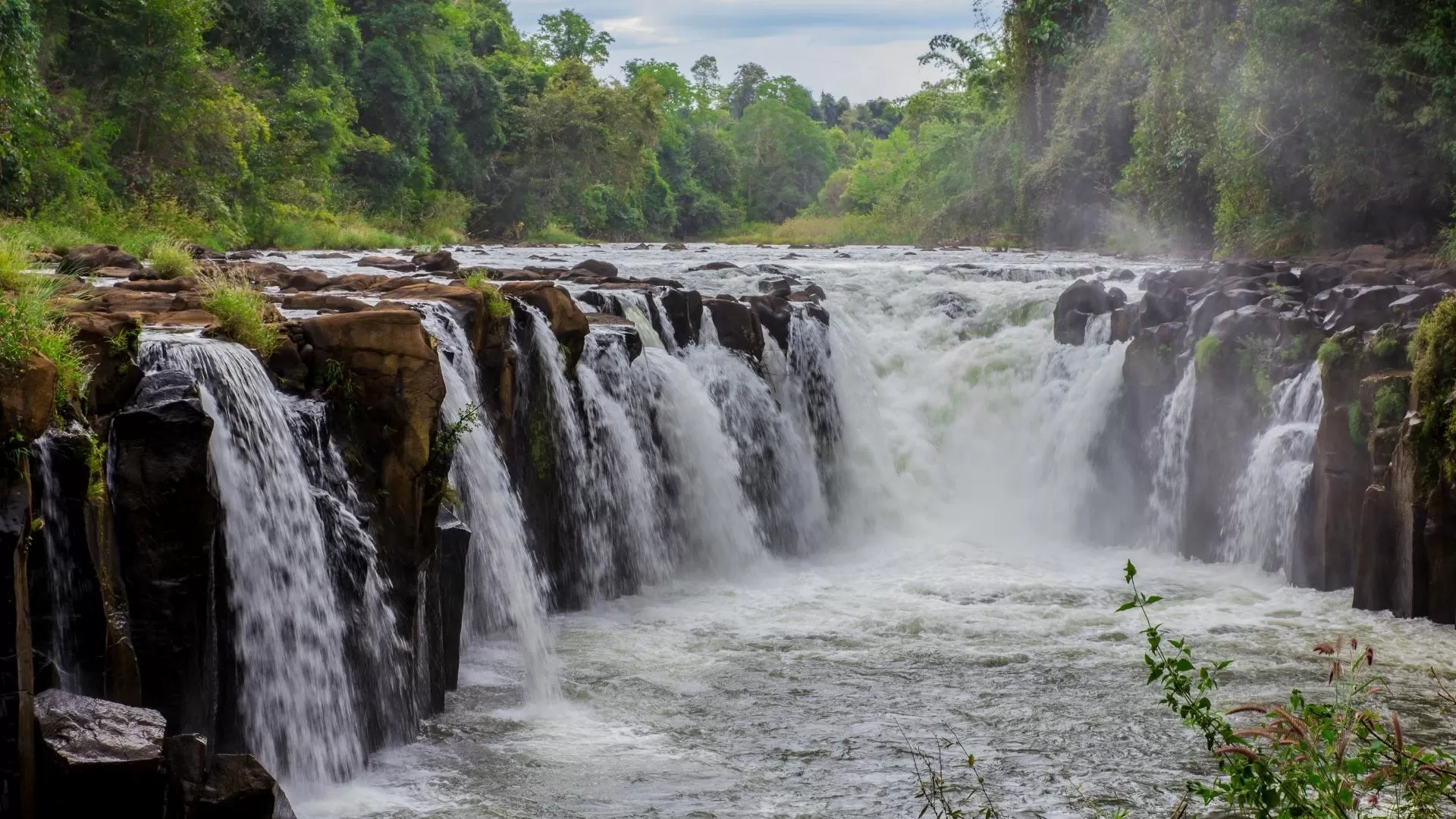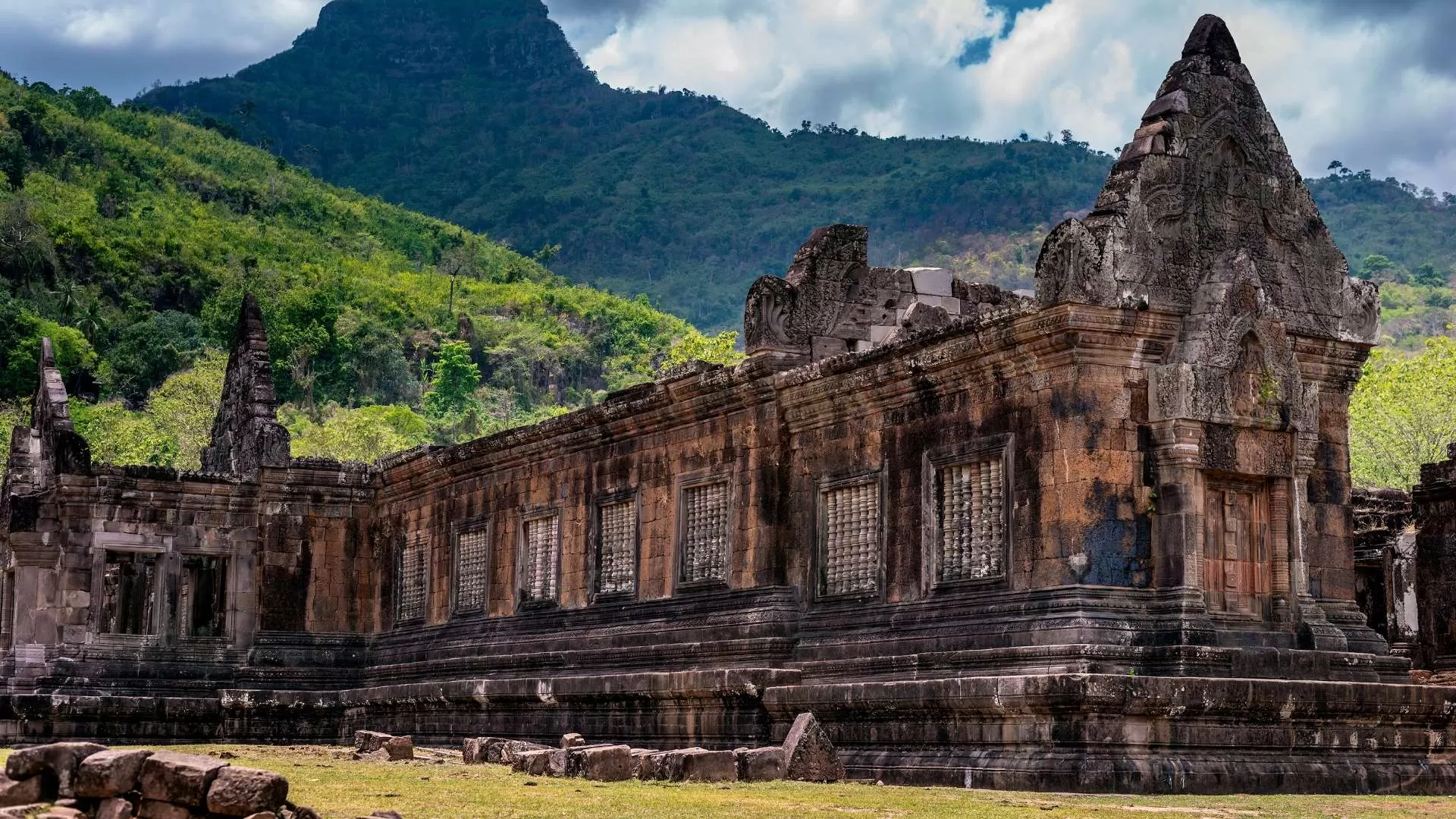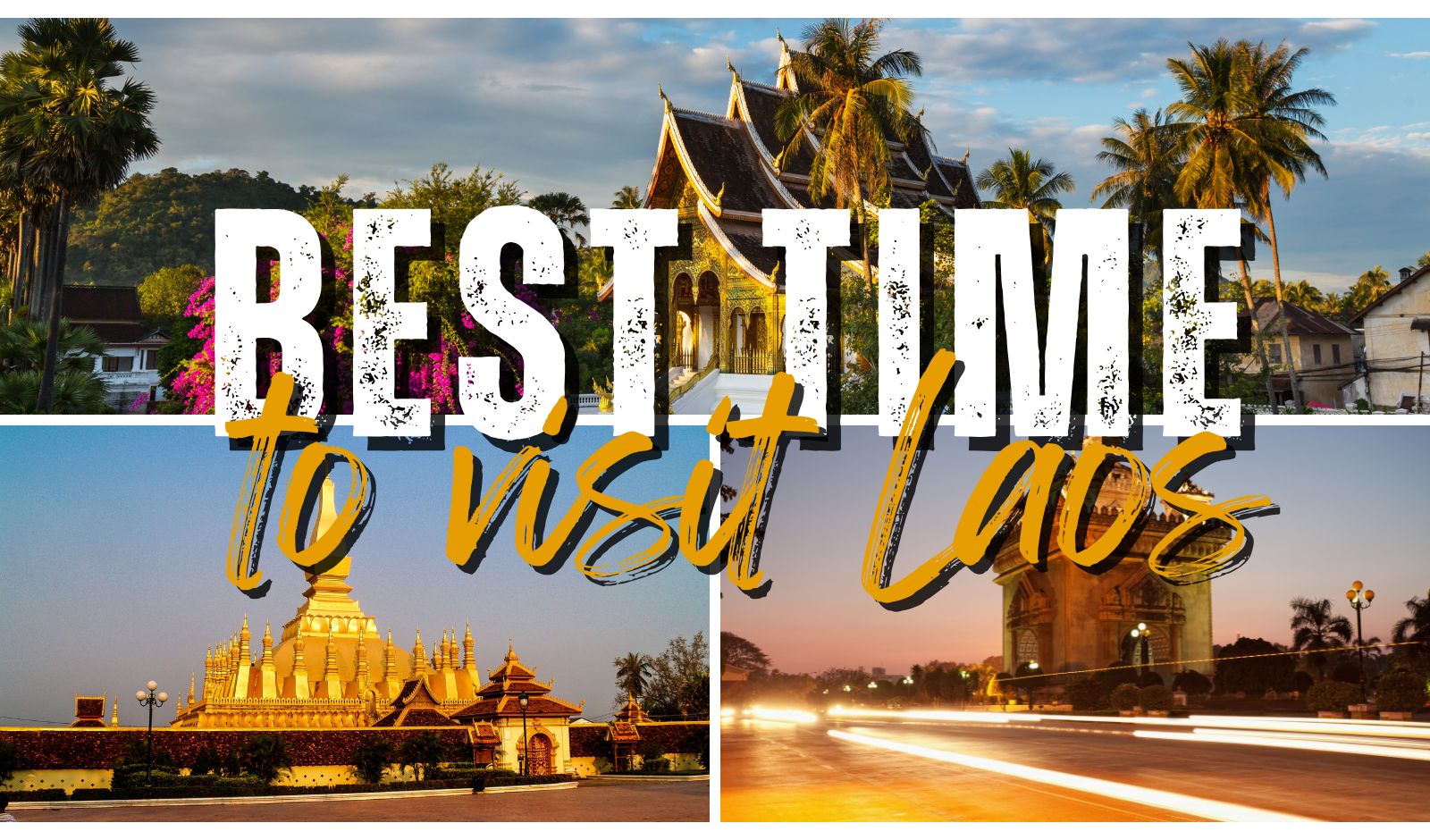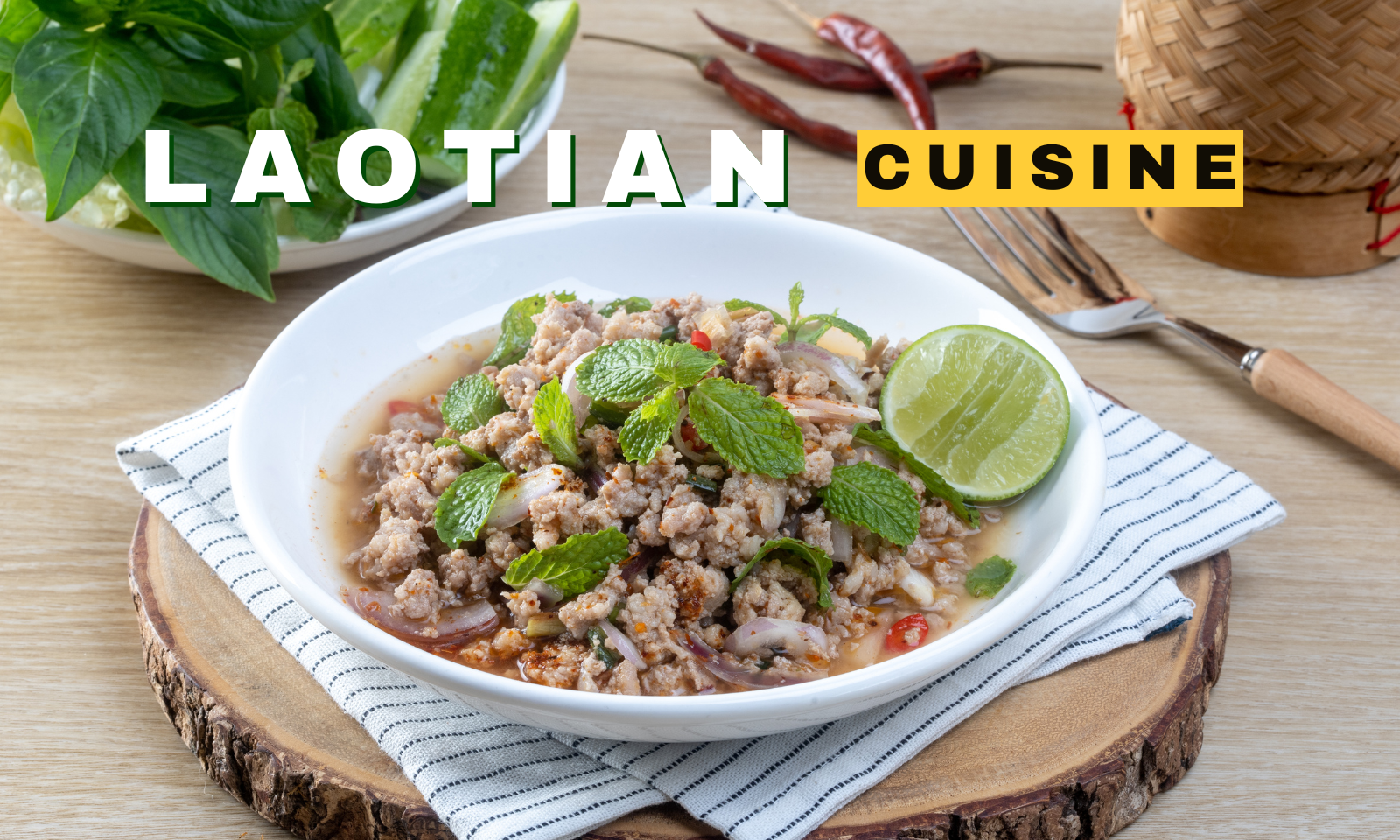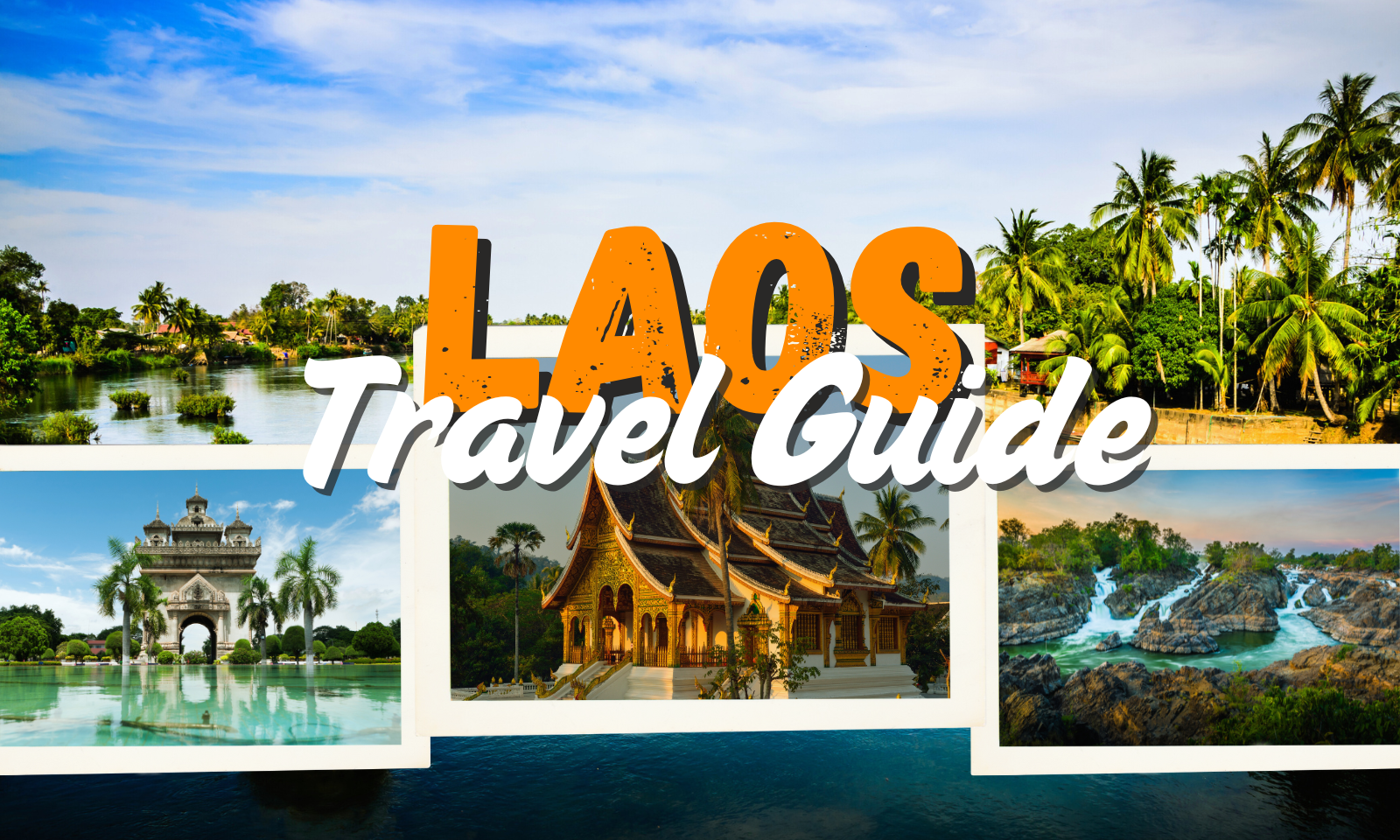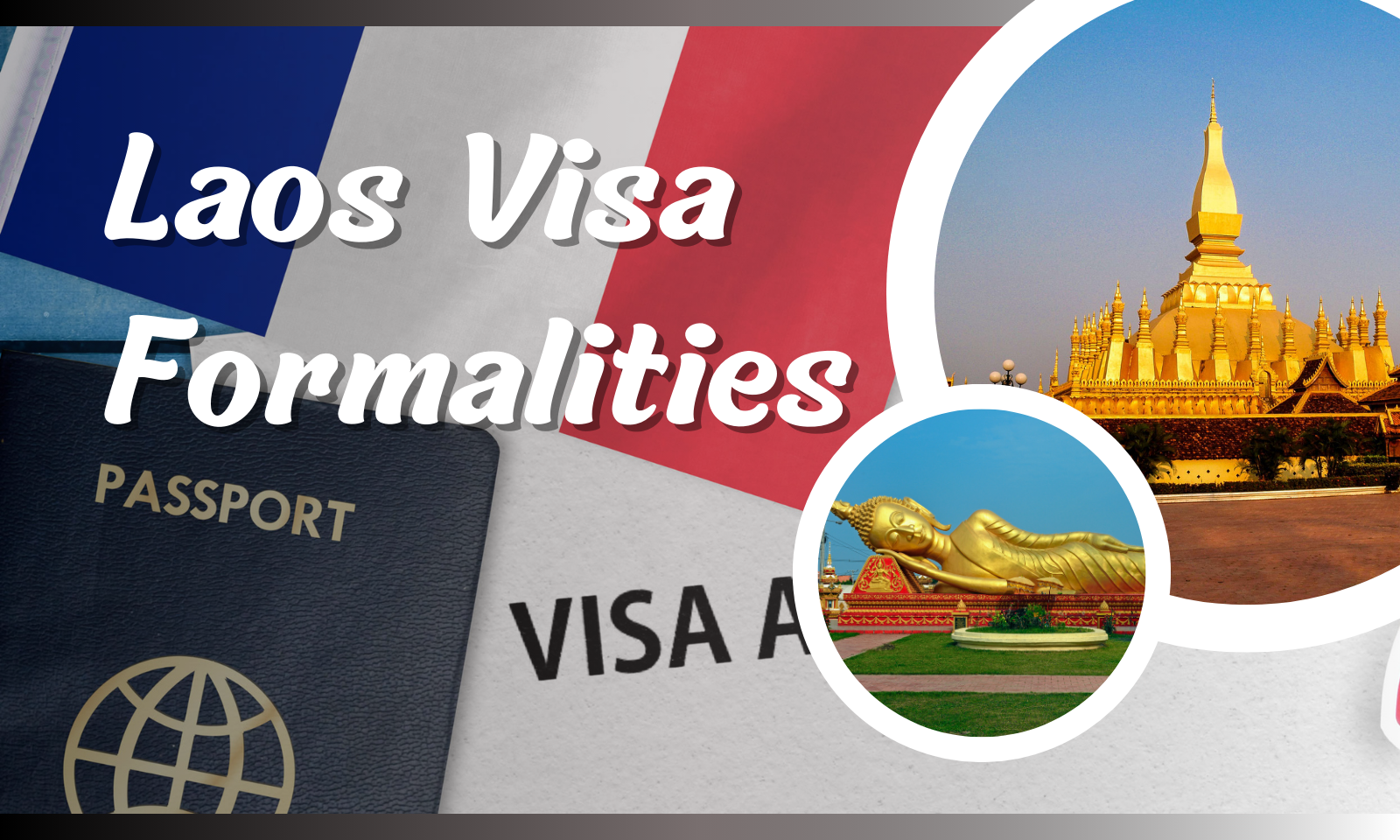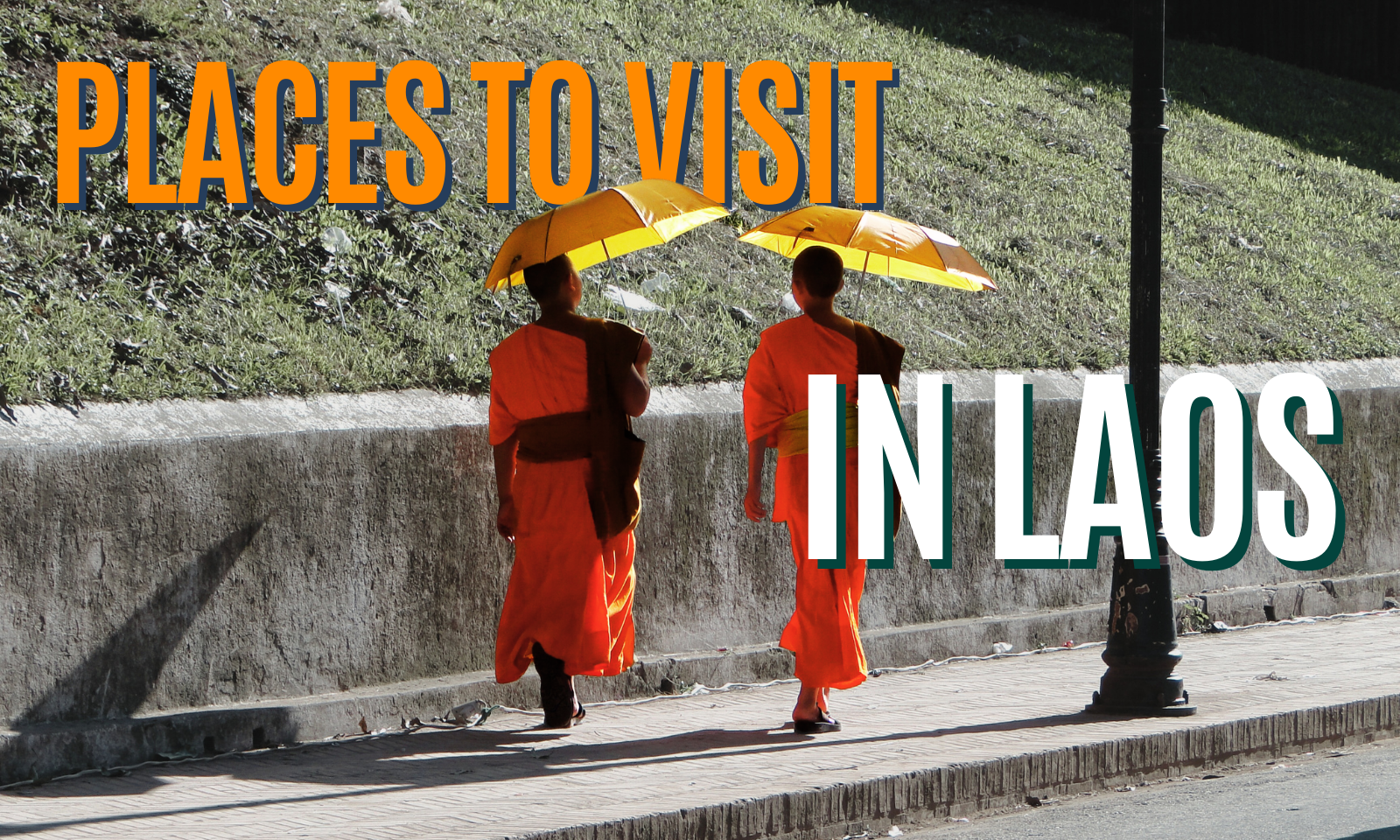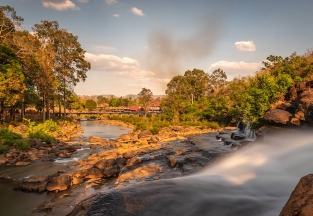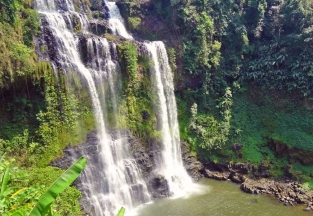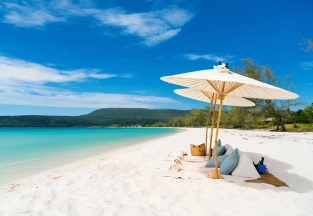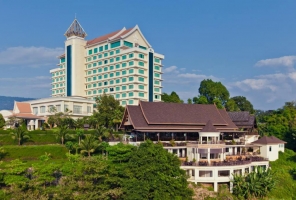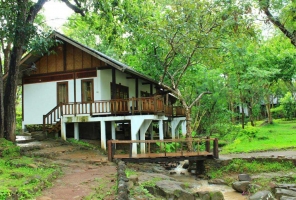
Pakse

Exploring Pakse: The Gateway to Southern Laos’ Hidden Treasures
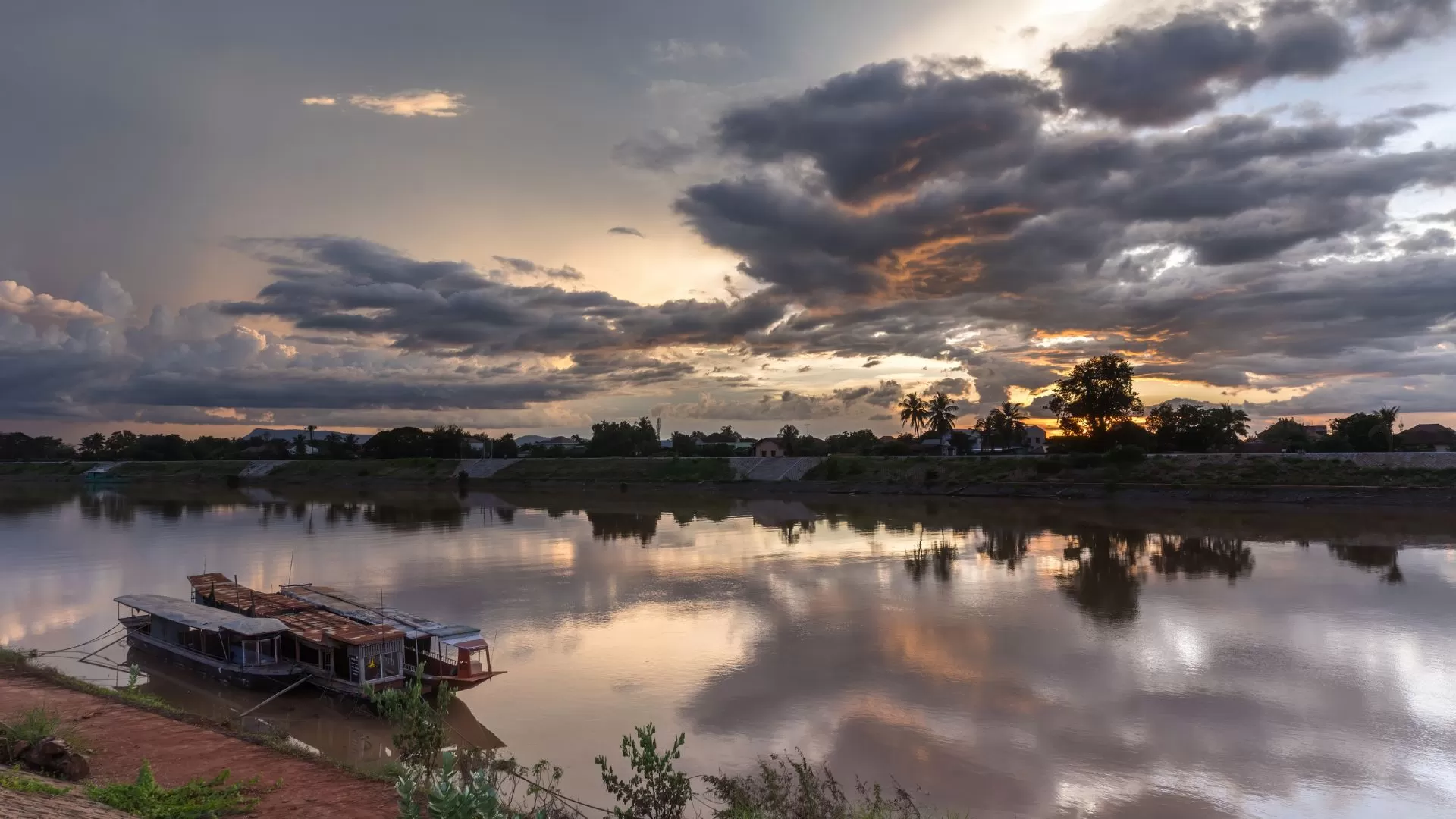
Located in southern Laos, Pakse serves as the ideal starting point for exploring the region’s many natural and cultural wonders. Known for its proximity to the stunning Bolaven Plateau, ancient temples, and vibrant local markets, Pakse is a charming and relaxed town with plenty to offer both adventurous travelers and those seeking a peaceful escape.
Cultural charm: Pakse blends Lao traditions with French colonial elegance, seen in its riverside architecture and ancient temples.
Nature & adventure: Discover the thundering waterfalls of the Bolaven Plateau, trek through coffee plantations, or cruise along the mighty Mekong River.
Spiritual legacy: Visit Wat Phu, a UNESCO-listed temple complex that echoes the grandeur of the Khmer Empire.
Authentic experiences: Wander through Dao Heuang Market, taste freshly brewed Lao coffee, and immerse yourself in the slow rhythm of southern Lao life.
What to do and see in Pakse ?
|
|
|
|
|
Journey through southern Laos’ cultural heart, where cascading waterfalls, sacred temples, and serene riverside life await every traveler.
Don’t miss these highlights:
Explore the Bolaven Plateau – A highland paradise known for cool air, lush jungles, and spectacular waterfalls like Tad Fane and Tad Lo. Visit local coffee plantations to see the growing and roasting process, and sample some of the finest brews in Laos.
Marvel at Tad Fane Waterfall – Twin streams plunge over 100 meters into a deep gorge surrounded by dense jungle. Hike or zipline for breathtaking views within the Dong Hua Sao National Protected Area.
Relax at Tad Lo Waterfall – A gentler alternative perfect for swimming, trekking, or simply soaking in the tranquil landscape from a riverside bungalow.
Discover Wat Phu in Champasak – A UNESCO World Heritage Site and ancient Khmer temple complex dating back to the 5th century. Climb the stone stairways to enjoy sweeping views of Mount Phu Kao and the Mekong River.
Stroll through Dao Heuang Market – The liveliest market in Pakse, where you can find local textiles, handicrafts, and traditional Lao dishes like tam mak hoong and sticky rice.
Cruise or kayak on the Mekong River – Glide past fishing villages, river islands, and lush landscapes, witnessing everyday life unfold along one of Asia’s great waterways.
Essential Travel Tips for an Unforgettable Pakse Adventure
Peaceful yet full of discovery, Pakse rewards travelers seeking both relaxation and cultural exploration. Here are some helpful tips for your journey:
Best time to visit: November to February offers the most pleasant weather, with cool breezes ideal for sightseeing and outdoor activities. The rainy season (June to October) brings lush green landscapes and fuller waterfalls—perfect for photography.
How many days to stay: Plan for 3 to 4 days to explore the highlights of Pakse, including the Bolaven Plateau, Wat Phu, and a scenic Mekong River cruise.
How to get there and around: Pakse is easily accessible by flight from Vientiane or by bus from major Lao and Thai cities. Once there, rent a motorbike or hire a car with driver to explore surrounding attractions comfortably and safely.
Hanoi Voyages recommends: Pack light, breathable clothing for tropical weather, a rain jacket during the wet season, sturdy shoes for trekking, and don’t forget your camera for those stunning waterfall shots.
Cultural etiquette: Dress modestly when visiting temples, remove your shoes before entering sacred spaces, and ask permission before photographing monks or locals. Supporting local coffee farms and markets helps sustain community livelihoods.
Pakse may be a small town, but it serves as the perfect gateway to some of Laos’ most stunning natural and cultural attractions. Whether you’re exploring the waterfalls of the Bolaven Plateau, marveling at the ancient temples of Wat Phu, or simply soaking in the laid-back riverside vibe, Pakse offers something for every type of traveler. Its blend of history, nature, and culture makes it a must-visit destination in southern Laos.
Travel Guide
Exciting trip
Horizons of Vietnam and Laos 15 days discovering the sightseeing of Hanoi and Halong Bay along with the beauty of panorama of Laos
Treasures of Laos Cambodia 22 days: discover from Luang Prabang and Kamu Lodge’s charm to Angkor’s wonders ending with beach

